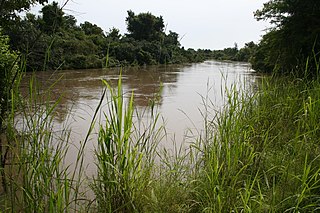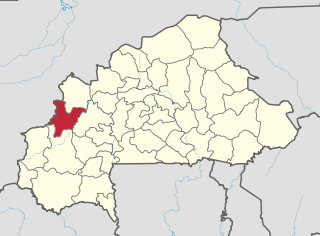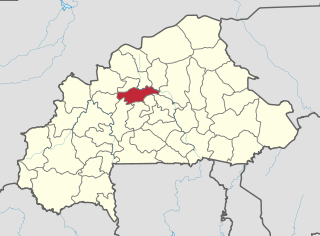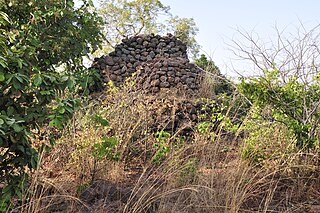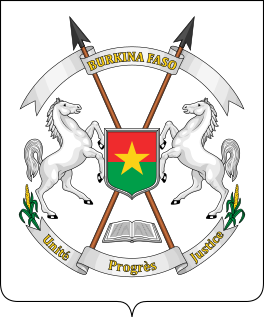
The Bantia Botanical Garden is a botanical garden in Burkina Faso, consisting of an area of Sudanian Savanna, protected from human impact and fire and enriched by local plant species. It was founded in the year 2001. [1]
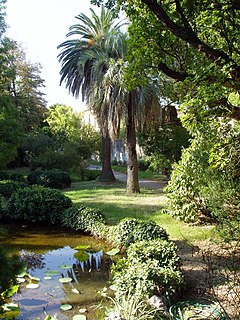
A botanical garden or botanic garden is a garden dedicated to the collection, cultivation, preservation and display of a wide range of plants labelled with their botanical names. It may contain specialist plant collections such as cacti and other succulent plants, herb gardens, plants from particular parts of the world, and so on; there may be greenhouses, shadehouses, again with special collections such as tropical plants, alpine plants, or other exotic plants. Visitor services at a botanical garden might include tours, educational displays, art exhibitions, book rooms, open-air theatrical and musical performances, and other entertainment.

Burkina Faso is a landlocked country in West Africa. It covers an area of around 274,200 square kilometres (105,900 sq mi) and is surrounded by six countries: Mali to the north; Niger to the east; Benin to the southeast; Togo and Ghana to the south; and Ivory Coast to the southwest. The July 2018 population estimate by the United Nations was 19,751,651. Burkina Faso is a francophone country, with French as the official language of government and business. Roughly 40% of the population speaks the Mossi language. Formerly called the Republic of Upper Volta (1958–1984), the country was renamed "Burkina Faso" on 4 August 1984 by then-President Thomas Sankara. Its citizens are known as Burkinabé. Its capital is Ouagadougou.

The Sudanian Savanna is a broad belt of tropical savanna that runs east and west across the African continent, from the Atlantic Ocean in the west to the western lowlands in the east. The Sahel, a belt of drier grasslands and acacia savannas, lies to the north, between the Sudanian Savanna and the Sahara Desert. To the south the forest-savanna mosaic is a transition zone between the Sudanian Savanna and the Guinean moist forests and Congolian forests that lie nearer the equator.
Situated c. 10 km south of the city Fada N’Gourma at the road towards Pama, it has an area of approximately 10 ha. Paths lead to the different habitats and to a central rest area. Furthermore, the garden includes a small museum and a guest house consisting of several rondavels.

Pama is a town located in the province of Kompienga in Burkina Faso. It is the capital of Kompienga Province.
The garden is home to 116 species of trees and 110 species of herbs. [1]




